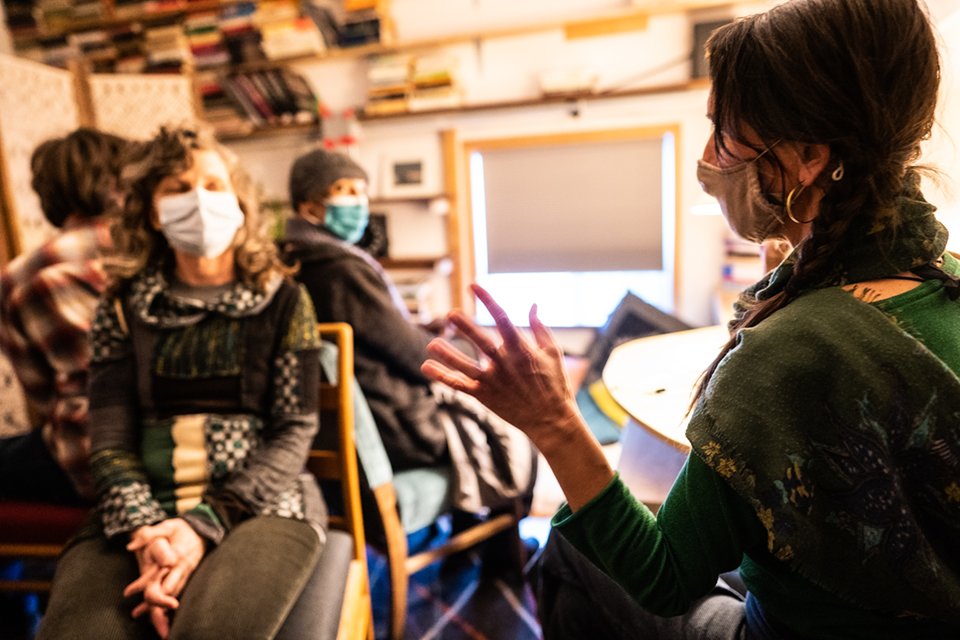Quarry Project
explorations of the roblar quarry/
a moving picture in sound
presented as part of:
milkbar 50: mudflat.
new works by the curators
March 12 – April 9, 2022
A shared show of 3 environmental works by myself, Ian Winters and Mary Armentrout in honor of our 50th Salon and the reopening of our studio.
The following is based on interviews conducted regarding the rock quarry planned for Roblar Road on the outskirts of Petaluma California. My hope is that the sound installation I am sharing with you and will continue to develop will shine a light on extractive practices in general.
In the late 1980s, Stony Point Quarry, Inc., was the first applicant to propose the Quarry on Roblar Road outside the towns of Petaluma and Cotati in Sonoma County. In 1990 it withdrew its application due to public objections. The project application made it to the county Board of Supervisors, who denied the final EIR (Environmental Impact Report) and project because it was found to be inadequate in the areas of traffic and the potential for groundwater contamination from the closed Roblar Road landfill site nearby.
In 2003, John and Andrea Barella, formerly of North Bay Construction, purchased the 199-acre rural project site on Roblar for the purpose of extracting rock for asphalt and cement and plans for the quarry began in earnest. It was also approved for an open space easement. The quarry proposal went before the Sonoma County Board of Supervisors and was approved, with over 150 conditions to that approval. To create a functioning quarry the Barellas must improve the two-lane road that borders the property and reroute the Americano Creek. By some estimations 100 to 300 truckloads per day of rock would have left the site.
The impacts of the proposed quarry to this rural community are large, and would turn what is a rural agricultural and natural environment along the creek and 2 lane winding road, into an industrial area creating dangerous conditions for cars, bicycles, and the local Elementary school.
The environmental and ecological ramifications of these developments create many concerns in the community as disruptions to the land will have long-term negative impacts.
Contamination of the watershed: 100 feet from the site is the unlined Steinbeck Landfill, which was active from the early 1950s and closed in 1971. During this time there were no constraints as to what people could take to a dump, and hazardous waste was deposited there including petroleum products, lead products, animal waste and toxic farm chemicals that produce a hazerdous heavy metal-containing leachate. One of the quarry's impacts, dynamiting near the site creates concerns regarding the release of these products creating environmental destruction and polluting the ground water that humans and animals consume as well as effects on the headwaters of the Estero Americano creek that empties into the ocean.
Water availability for residential and commercial wells: The rock-washing required by a Quarry of this type is water intensive and would require drilling a deep well that could cause the depletion of ground
water and reduce the availability for local residents whose water source is almost exclusively drawn from wells.
Wildlife: The federally protected tiger salamander was found living on the site, the natural habitat of which would be disrupted as well as the health and well-being of other plant and animal species.
There are deep layers of politics related to a project such as this, and deep pockets supporting it, with a
systemic lack of openness and accountability to the public. Descriptions related to such developments are often couched in legal and administrative language beyond the comprehension of many people in the community. The public comment periods are short and hidden from view, one must know how and when to search for the information and have the time for such pursuits.
To my understanding and to date the project is still being pushed forward but has not yet been entirely
approved by state and federal agencies. The community has strongly and actively opposed it the entire time. For more information or if you would like to get involved, the group in opposition to the quarry can be found here: www.facebook.com/carrq/ or email Jason Merick at jaygene@hotmail.com




